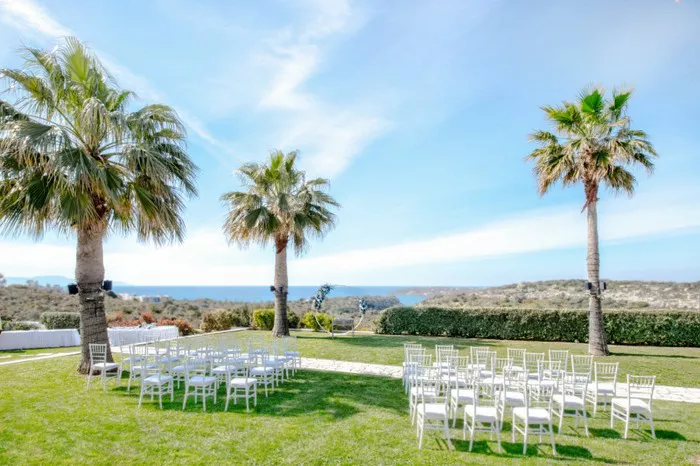The wedding fashion industry is undergoing a radical transformation as designers abandon binary collections in favor of inclusive, gender-neutral designs. Major bridal houses are dismantling their “bridal” and “groom’s” departments, instead creating unified collections featuring everything from flowing silk jumpsuits to tailored tuxedo gowns. This shift reflects broader cultural changes, with 62% of couples under 35 reporting they actively sought non-traditional attire options for their weddings.
Pioneering labels are introducing customizable modular designs – garments that can transform from sleek suits to dramatic trains with simple adjustments. Fabric technology has advanced to include temperature-regulating materials and built-in shapewear, addressing practical concerns while maintaining aesthetic appeal.
The rise of virtual fitting rooms using biometric scanning has made gender-neutral shopping more accessible, with algorithms suggesting flattering silhouettes regardless of body type.
Notable trends include the popularity of color (only 38% of couples now choose pure white), the incorporation of cultural garments into contemporary designs, and “wardrobe weddings” where participants change outfits multiple times throughout the celebration.
Retail analysts note a 240% increase in searches for “non-binary wedding outfits” since 2021, prompting even traditional retailers to overhaul their inventory. This movement extends beyond clothing to inclusive jewelry lines featuring adjustable rings and non-gendered wedding bands, signaling a permanent shift in how the industry approaches matrimonial fashion.


